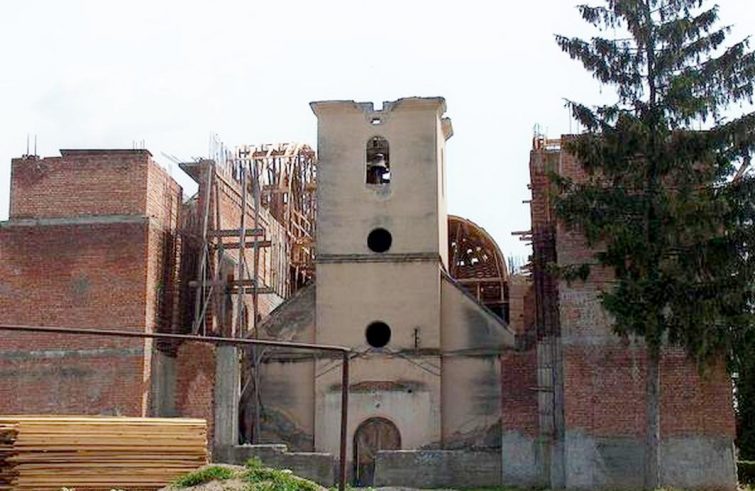
Romanian Greek Catholics called it “the kidnapped church” because another building was erected around it. It is the Greek Catholic Church in Ungheni, in the Mureș County (central Romania), built by the Greek Catholics between 1856 and 1864. In 1948, the communist state outlawed the Romanian Greek Catholic Church, imprisoned its bishops, and confiscated its churches handing them over to the Romanian Orthodox Church. After 1990, not only did the Orthodox parish of Ungheni fail to return the old church to the Greek Catholics, but it also started the construction of a new church around it, and is now illegally demolishing the old worship building. In a statement from the Greek Catholic Archeparchy of Făgăraș and Alba Iulia, Greek Catholics say they are pained and saddened by this fact, which shows “a lack of respect for the Greek Catholic Church and the memory of the Romanians”. “It seems unbelievable – the statement said – that in 21st-century Romania, in an ethnic and cultural environment rich in traditions and symbols like that of Transylvania, we are powerlessly witnessing the disappearance of the “kidnapped church” in Ungheni and, implicitly, the deliberate destruction of an important part of the Romanian people’s history”. “Faced with this fact that is difficult to understand”, the representatives of the Romanian Greek Catholic Church go on to say: “we are only left with the consoling words of our Redeemer: ‘blessed are those who mourn, for they will be comforted’”.
